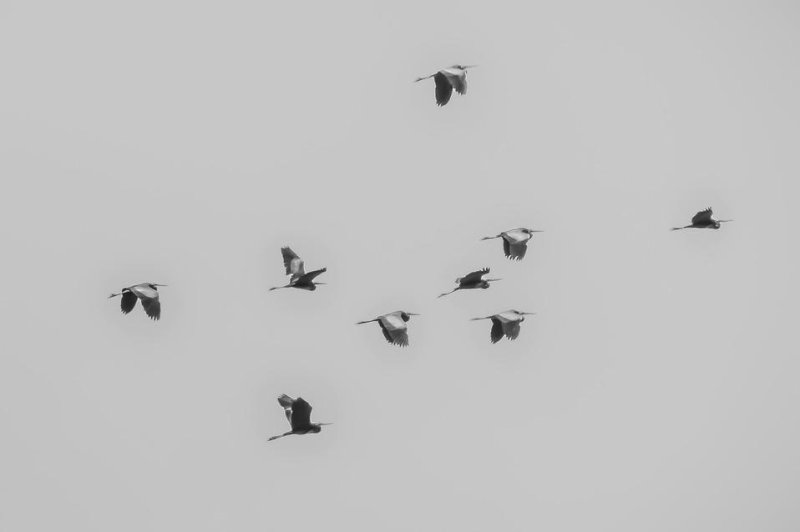Every year, 4.7 billion birds leave the U.S. to winter in the tropics. Photo by
Pixabay/CC
Sept. 17 (UPI) -- Scientists at Cornell University used a combination of cloud computing and radar stations to tally the number of birds that leave and return to the United States each year during fall and spring migrations. Researchers also traced the movement of birds that winter inside the U.S.
From 2013 to 2017, an average of 4 billion birds moved south from Canada into the U.S. each fall, while another 4.7 billion birds crossed the southern border, headed for the tropics. In the spring, 3.5 billion birds flew back across the southern border. An average of 2.6 billion returned to Canada.
The new data allowed scientists to calculate an annual return rate for each subset of migrators. During the five-year study, 76 percent of birds wintering in the tropics returned to the United States. Birds wintering in the U.S. had a return rate of only 64 percent.
"Contrary to popular thought, birds wintering in the tropics survive the winter better than birds wintering in the U.S.," Andrew Farnsworth, leader of the aeroecology program at the Cornell Lab of Ornithology, said in a news release. "That's despite the fact that tropical wintering birds migrate three to four times farther than the birds staying in the U.S."
Researchers at Cornell designed sophisticated models to analyze radar images and differentiate between different biomasses. The algorithms showed sparrows, American robins and dark-eyed juncos most frequently crossed the northern border, breeding in Canada and wintering in the U.S. Warblers, orioles and tanagers most frequently crossed the southern border.
Sparrows, robins and juncos fly shorter migration distances, whereas warblers, orioles and tanagers migrate longer distances.
Differences in return rate suggest birds face a greater number of hazards in the U.S. during the winter.
"All birds need suitable habitats with enough resources to get them through the winter," said Ken Rosenberg, conservation scientist at the Cornell Lab. "Birds wintering in the U.S. may have more habitat disturbances and more buildings to crash into, and they might not be adapted for that."
Research suggests birds wintering in the U.S. have better reproductive success, offsetting the increased mortality rate. Birds wintering in the tropics produce fewer offspring, but more adults survive the winter to reproduce again the following spring.
The new study, published Monday in the journal Nature Ecology and Evolution, suggests the advantages of the tropics could disappear without improved conservation efforts.
"Longer distance migrants seem to be gambling on having high survival in the tropics, and they're therefore more sensitive to what happens to their wintering grounds," said Adriaan Dokter, a postdoctoral fellow at the Cornell Lab. "Even a small decrease in survival due to changes in their tropical habitats might cause a precipitous decline."
Last week, Cornell scientists detailed their ability to predict bird migrations up to seven days in advance by analyzing radar images.
Previous studies suggest bird migrations are occurring earlier and earlier as the planet warms, a phenomena that could cause problems for birds reliant on seasonal food resources.















